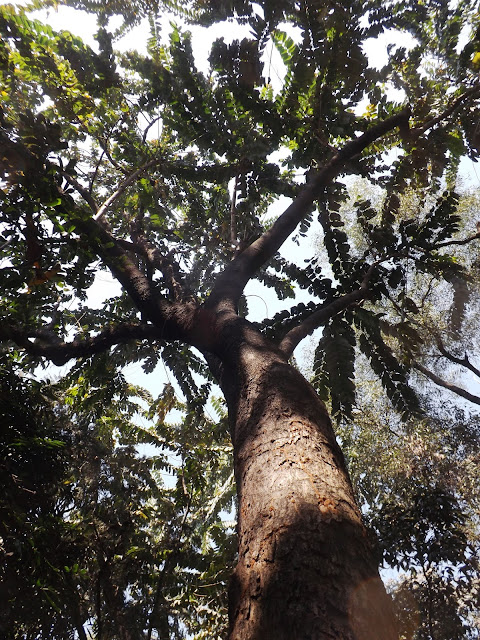Bandorhola or Ramdalu, Duabanga grandiflora
Bandorhola or Ramdalu (Duabanga grandiflora, family: Lythraceae) is a large evergreen or semi-deciduous tree with dwarf drooping branches and erect trunk. The tree can grow up to 45 meters tall. It can be easily identified from other trees in the forest by its innumerable hanging branches. It is mostly found in Sylhet, Chattogram and Chattogram Hill Tracts. It is also found in several countries in Southeast Asia, especially Thailand, Laos, Cambodia, Malaysia and the Andaman Islands.
Other names: Bandormula, Kocha, Lampati.
Leaves are big, dark green, coriaceous (leathery), oblong, cordate at base, 15-30 cm long and 7-12 cm wide, glabrous, opposite.
Fruit is globose capsule, coriaceous, about 8 cm wide, with many seeds. It is edible to local people. The tree is propgated by seeds.
As the timber is soft it is used in making plywood and match-boxes and sticks. Black color can be made by boiling fruits and leaves. In Bangla it is called Bandarmula because monkeys sway on the branches of this tree.
Synonyms: Duabanga sonneratioides, Lagerstroemia grandiflora, Leptospartion grandiflora, Leptospartion grandiflorum





Comments
Post a Comment